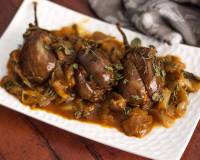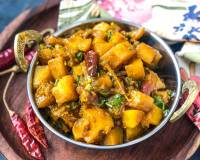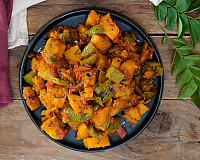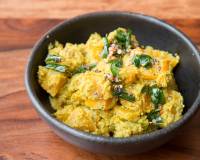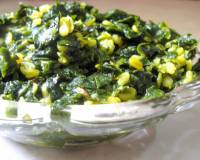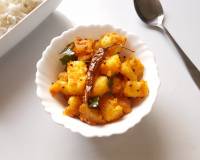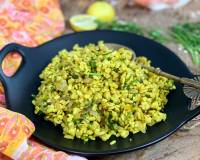Jaggery or Gur, is a traditional sweetener used all over India in different traditional recipes. Not only in recipes, it is also used in medicines for its various benefits. This sweet super food is great ingredient to be included in your daily diet. Our elders used to eat a small piece of jaggery usually at the end of a meal and especially during winters as jaggery is loaded with antioxidants and minerals hence building stronger immunity.
Jaggery is also great at flushing out toxins from your body and purifying blood. Jaggery also causes the release of endorphins which is the happy hormones which helps relax your body and is extremely good at controlling your mood swings especially during periods. Jaggery is rich in iron and folate and so it extremely good for pregnant women as it also gives instant energy to fight weakness in the body.
Various shades of jaggery are available through out India, from golden browns to dark browns. The colour of the jaggery depends on what juice is used to make the jaggery. Most common Jaggery is made with sugarcane juice and it is lighter in colour. Date or Palm juice Jaggery is a bit darker in shade.
Jaggery is commonly used in most Indian households, especially in Bengali and Gujarati recipes. Many traditional desserts across India especially rice puddings, mostly uses Jaggery. It can also be used in savoury dishes to balance out the sweet, sour and acidic taste. The sweet and slightly fermented taste of Jaggery goes well in savoury dishes.
You can add Jaggery in your Dry and Gravy Sabzi to give a little hint of sweetness as it not only enhances the taste, it also brings out the flavour of the dish. Also if you want to avoid sugar, this is a great alternative to even include in your Tea or Coffee.
With all the benefits of Jaggery and the great taste that it adds to the dish there is no excuses as to not to include it into your diet, unless you would not know how to use it in cooking. So to help you with this here are some delicious, mouth watering side dishes, both North Indian and South Indian which you can make and enjoy with a simple dal or curry and phulka or rice.
1. North Indian Dry Vegetable Recipe
2. South Indian Dry Vegetable Recipes















